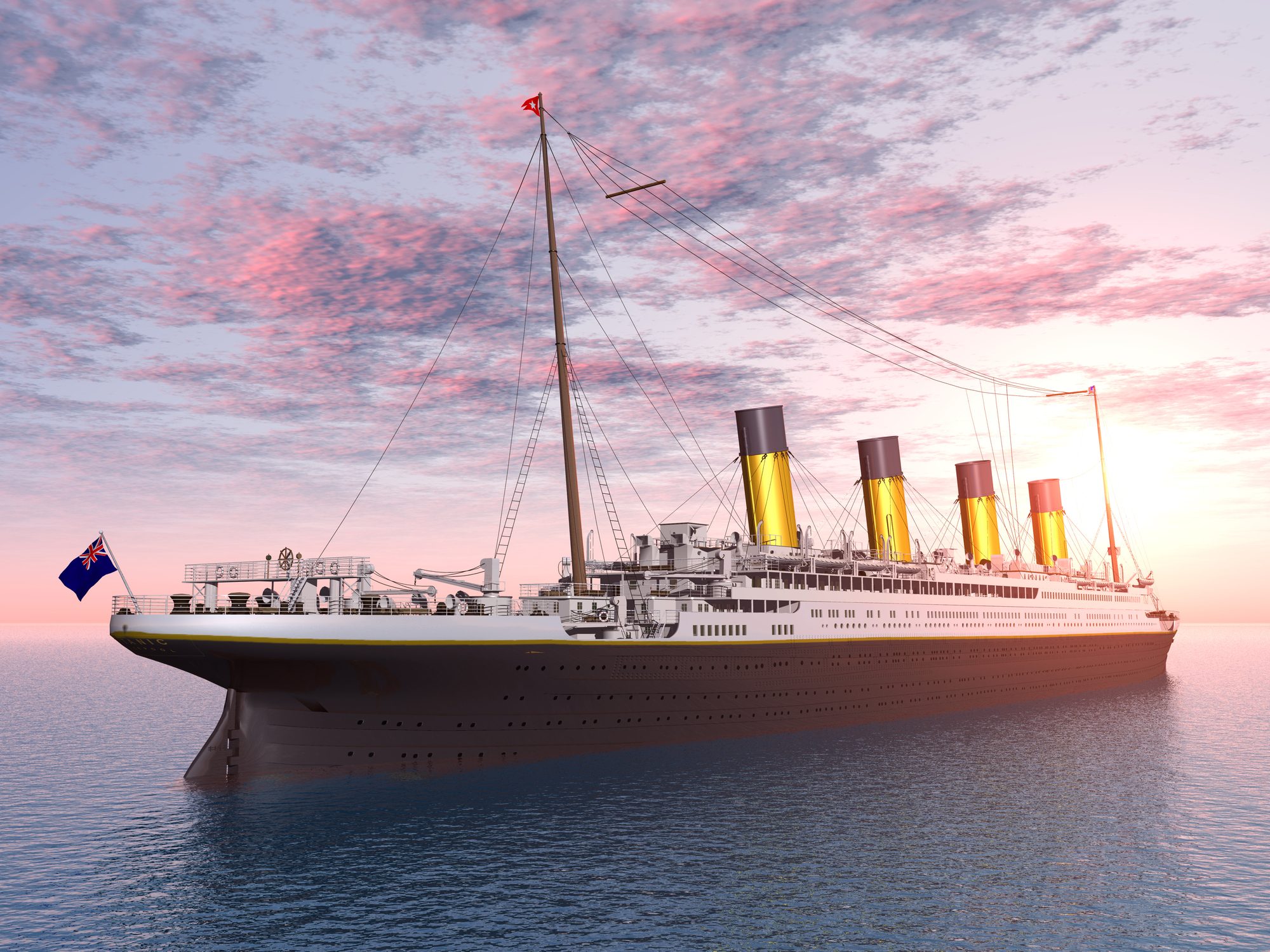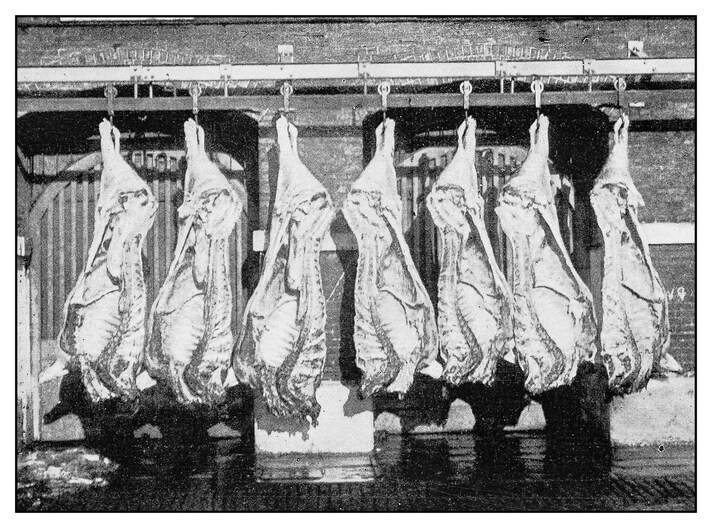The Titanic’s Kitchen Catered to Three Different Social Classes
The Titanic was the largest ship in the world at the time of its creation. In this article, we take a succinct look back on how the existing class system of that era affected the serving of food during the voyage.
;Resize,width=742;)
The titanic sinking is one of the most talked about disasters of all time. The ship was the largest one ever at the time so when it wanted to set out for its maiden voyage there was a lot of hype and preparation.
Celebrities would be present and so would other men and women of stature so provisions had to be made to make sure they would be well fed during the first ever voyage.
The Food That Went Onboard

The Titanic was the most luxurious ship back then so the food to be served onboard was a big component of the ship's appeal.
The meals were included in the ticket price for nearly everyone on the ship , except those in the à la carte restaurant. The food was enough to feed 2,200 people on what should have been a week-long voyage.
Some of the necessary provisions that were transported into the ship in large supplies included 75,000lbs of meat, 11,000lbs of fresh fish, 40 tonnes of potatoes, 40,000 eggs, 7,000 heads of lettuce, 10,000lbs of sugar, 250 barrels flour, 36,000 apples, 1,500 gallons of milk and 15,000 bottles of ale.
To prepare the food, 69 staff including chefs, cooks, bakers, butchers, cashiers, and dishwashers were hired to work the ship's restaurants and two galley's (restaurants) serving more than 6,000 meals a day.
The Three Social Classes Enjoyed The Experience Differently
Sadly everyone aboard was not treated or fed equally. There were three different classes with the elites being the first. They enjoyed many benefits that others could not.
In the ship, there was a main gallery dedicated to serving the first and second-class passengers. It featured several things including a butcher shop, bar, and many more.
There were 325 first-class passengers; the rich upper and middle classes including millionaires like Benjamin Guggenheim, John Jacob Astor, and railway magnate Charles M Hays.
First-class passengers enjoyed an extraordinary dining experience at every sitting, eating the fill of delicacies like pâté de foie gras, peaches in chartreuse jelly and Waldorf pudding.
For dinner, they could have up to ten courses, all of which came with a different wine, and usually lasted four or five hours.
For breakfast, chops, steaks cooked to order and omelets were on the menu. There were four types of cooked egg, three varieties of potato, and fish options including smoked salmon.
Second class passengers enjoyed preferential treatment too though slightly lesser than the first class passengers. There were only minor changes in their meal.
For example the major difference between 1st and 2nd class breakfast was that you could not have your omelet and steaks cooked to order.
As for the third class passengers, their meals were simply watered down versions of what the 2nd class had. They had paid the least but compared to food they were used to, meals on the Titanic were pleasant.
;Resize,width=767;)



